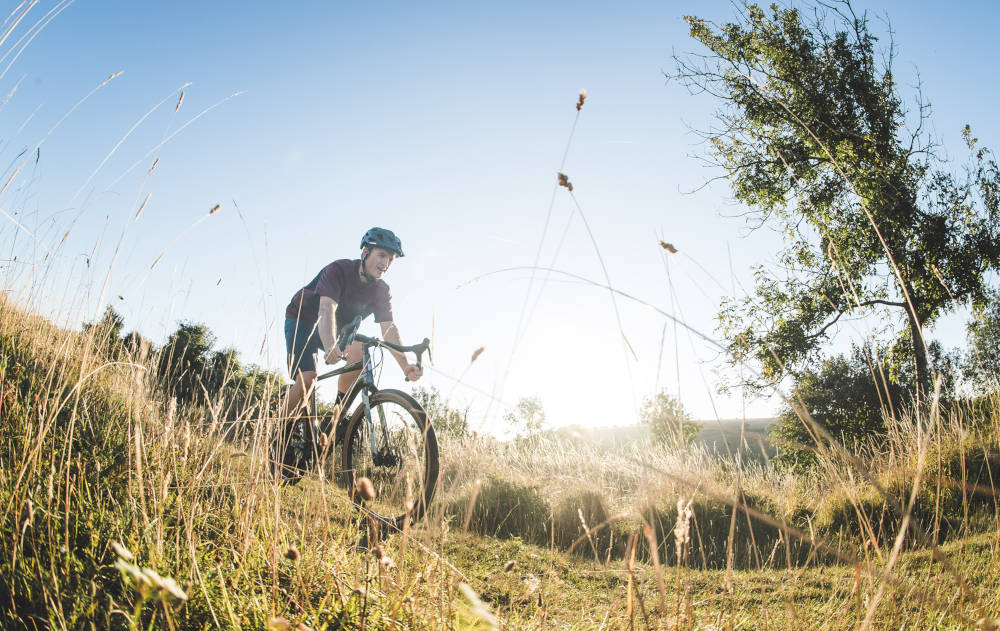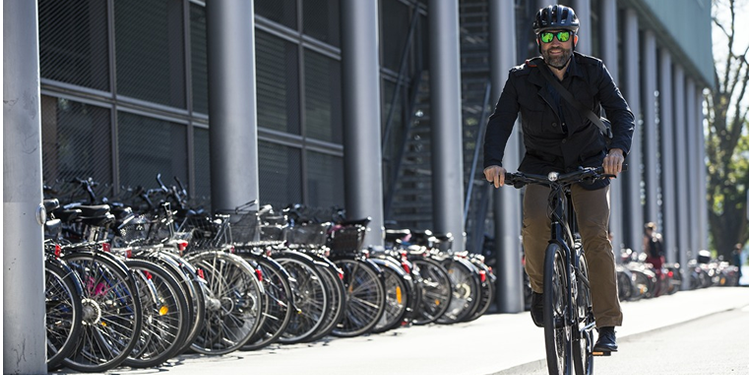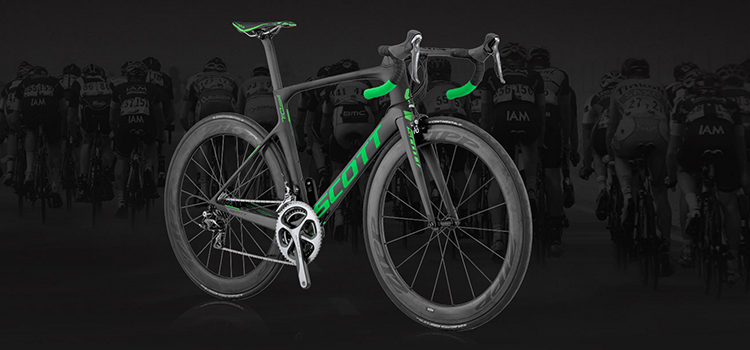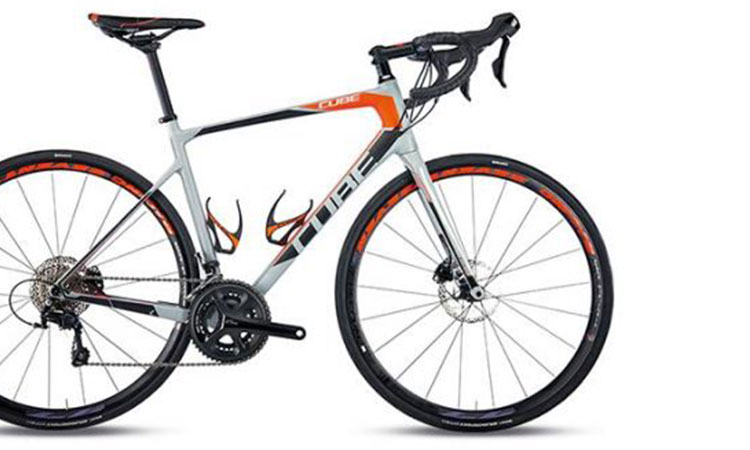Gravel riding is an exciting discipline of off-road cycling – it’s about fun and freedom, adventure and even racing. Gravel originates from the USA, where rugged drop-handlebarred road bikes specified for the tough challenges of touring and exploring bumpy, dusty, unsurfaced roads developed a great following and spawned its own unique race scene. British bikers are more than ready for gravel’s fat, treaded road tyres, low, close gears, weatherproof disc brakes and bulletproof builds.
Like its cousin cyclocross, gravel has caught on fast here in the UK, with a number of British race series emerging – from the north, Dirty Reiver in Northumberland and Grinduro’s amazing loop round the Isle of Arran, way down south to the CW Century on the South Downs Way, with many in between.
But gravel’s far more than racing; the sheer versatility of these all-year-round bikes mean they’ll tackle muddy off-road trails yet will also serve you well on the weekend club run. Most gravel bikes boast mounts for racks and mudguards equipping them for commuting, while multiple bottle mount lugs lend themselves to adventure set-ups, endurance events and bike packing machines. A gravel bike can truly do it all, and for £2k, you get a lot of gravel bike at Hargroves Cycles. Here’s what to look out for…
Geometry, Tyres & Clearance
Tyre clearance is an important consideration. Most gravel bikes run the same 700c diameter as their road bike cousins, but they’re specified with more robust, wider-rimmed wheelsets to accommodate much wider rubber.
While road bikes generally run 25 or 28mm, gravel bikes could go from 32 to 46mm. Wider tyres with a deeper tread pattern are crucial for control on mud or gravel, and fuss-free tubeless tyre systems are becoming more commonplace.
Room for mud clearance between the tyre and the frame is also important, so you don’t get clogged in the worst of Britain’s winter quagmires!
Off-road demands mean gravel bikes need slightly different frame geometries to traditional road bikes. Their relatively long wheelbase and more relaxed headtube angle ensure stability and steadier, more assured steering. Gravel bikes have a taller headtube for ‘sit-up’ comfort over long days in the saddle – referencing the controlled poise of MTB position – while a low bottom bracket is part of the ‘strong and stable’ package.
Materials & Components
As gravel bikes are intended to take on many forms of riding, manufacturers approach their designs in different ways, so when considering the material its frame and fork are made from, think about what exactly you’d like to get from your bike.
If you plan to load up with luggage for long bike packing trips, look to the capability of steel. If you prefer a lightweight whip round your local trails, then consider a CX-style carbon build. For something in between, aluminium is your likely choice. As with road bikes it’s not unusual for an alloy frame to find a ‘best of both worlds’ partnership with a carbon fork. It’s important to consider the components that best suit your riding. First select the right types, then match their level of specification to suit your budget.
While gravel bikes are available with cantilever brakes born from ’cross, disc brakes are de rigeur – and hydraulic systems, more powerful than lighter, cheaper mechanical disc brake systems, are becoming more prevalent.
Gravel bikes have lower gearing than road bikes, and it varies, so match to your intended use and preference. MTB-style 1x systems avoid the mud-catching complexity and weight of a front mech, while compact doubles – typically 50/34-tooth front chainrings and a cassette with 11/28 teeth – give you range and climbing ability. Super-compacts (48/32 or 46/30 front rings) push that further.
Meet the Contenders
The 2020 Bergamont Grandurance 5 (£899), is your golden ticket to gravel adventures.
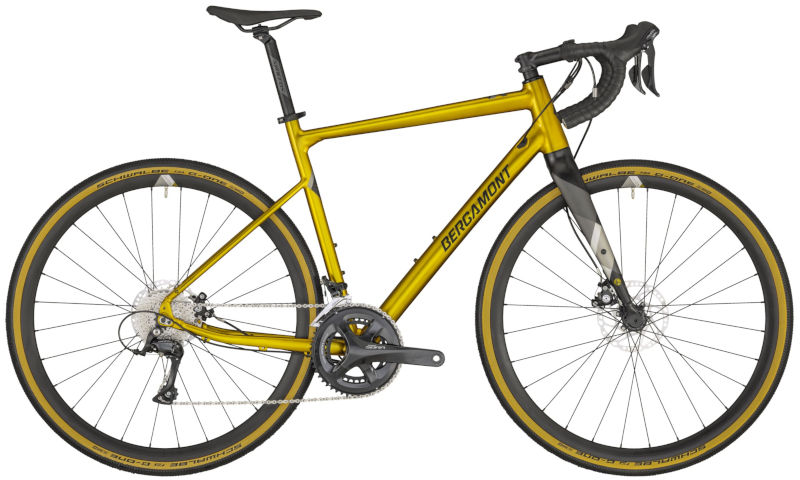
The full Shimano Sora groupset provides reliable shifting on a 18-speed compact double. Shimano’s BR-RS305 mechanical disc system provides predictable braking power to tackle descents with confidence.
A redesigned ultra lite alloy frame finished off with high-grade Syncros components make this a top contender for a more budget conscious rider.
Stepping up the gravel food chain, the 2020 Saracen Levarg SL (£1,399.99) takes Saracen’s MTB dna and moulds it into a true gravel machine.
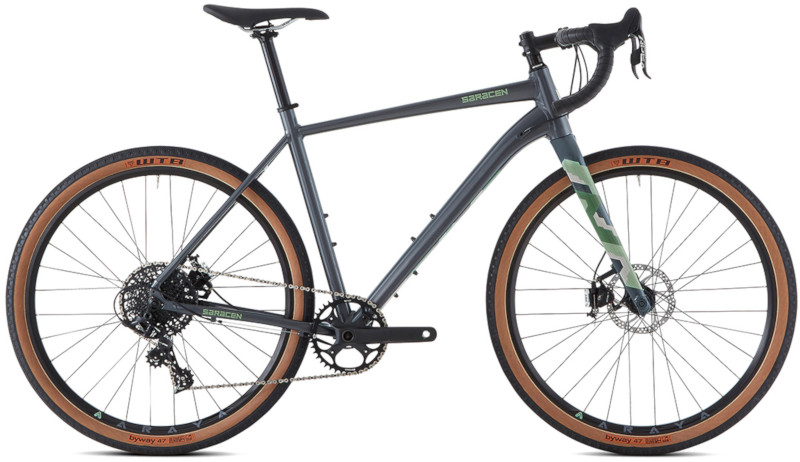
650b wheels & WTB Byway 47c tyres come as standard but the frame can accommodate 700c wheels as well if you wish to change, with a recommended maximum tyre size of 50mm in 650b and 44mm in 700c respectfully.
High quality SRAM/Saracen Custom components deliver a 1x 11 Speed drivetrain featuring an 11-42T ratio cassette and 42T narrow wide chain ring.
Mounts for 3 bottle cages and eyelets for easy mounting of mudguards make this a very versatile bike for any adventure you can throw at it.
Now, to push the budget right to the line with the 2020 Specialized Diverge Comp E5 (£1,949)
“One bike that shreds flowy singletrack gravel and traditional roads with equal authority”
Specialized
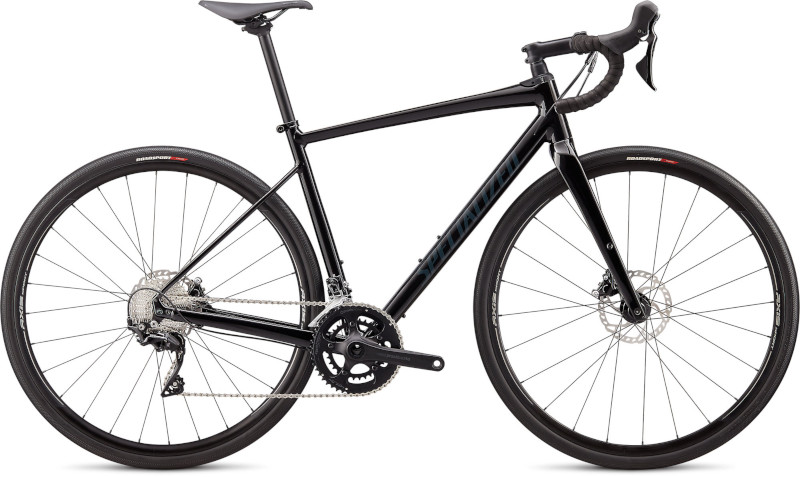
So what sets this bike apart from the other contenders and why should you spend the extra? Two words. Future Shock.
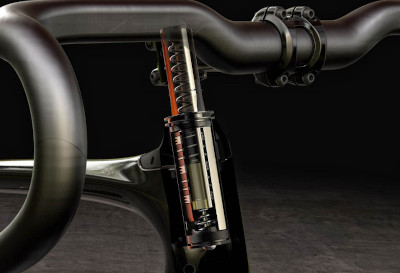
The Future Shock features up to 20mm of travel, and it’s positioned above the head tube in order to move in a vertical path. So when the front wheel encounters rough terrain, the bike moves up towards your hands and preserves your forward momentum without slowing you down. Another important fact is that, because the Future Shock is positioned above the stem, the bike’s wheels are held together rigidly by the frame. In other words, because the wheelbase isn’t changing throughout the suspension’s travel, like with traditional system, you get the added benefit of extremely predictable handling.

